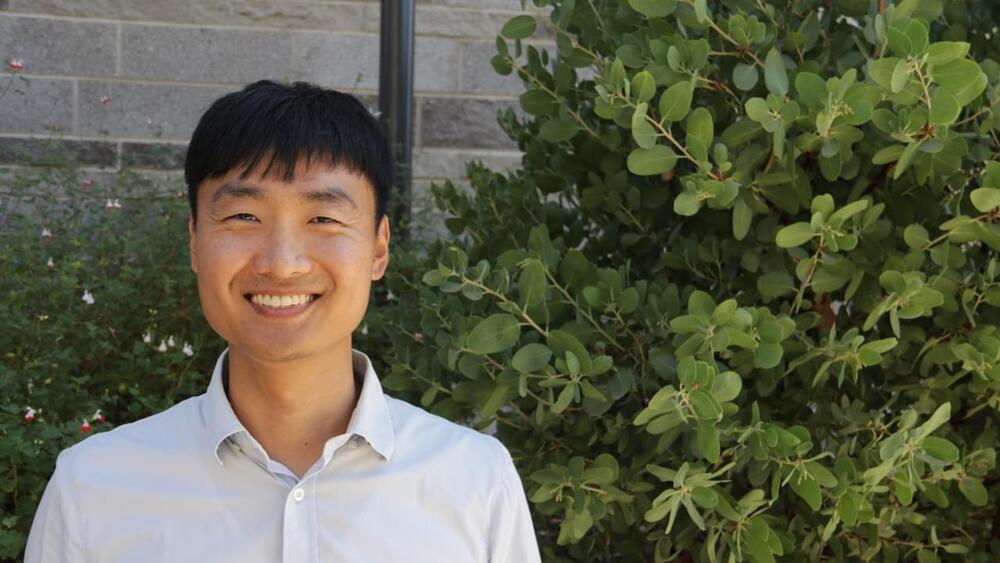Dec 14, 2023
55 years ago, the ‘Mother of All Demos’ foresaw modern computing
Posted by Shubham Ghosh Roy in categories: computing, engineering, food, sustainability
Engelbart grew up on a small farm in Southeast Portland where his father operated a radio store.
He graduated from Franklin High School in 1942 and enrolled at Oregon State College, now called Oregon State University, to study electrical engineering.
When World War II interrupted his studies, he spent two years working as a Navy radio and radar technician in the Philippines.


















